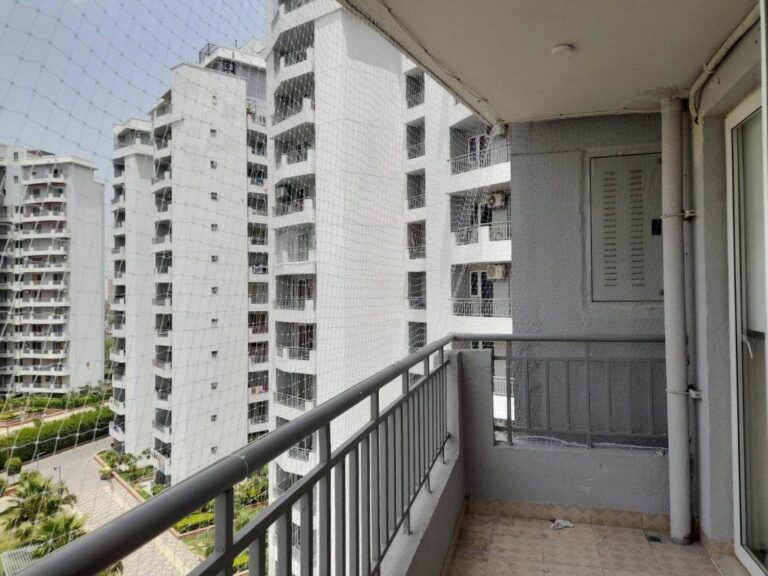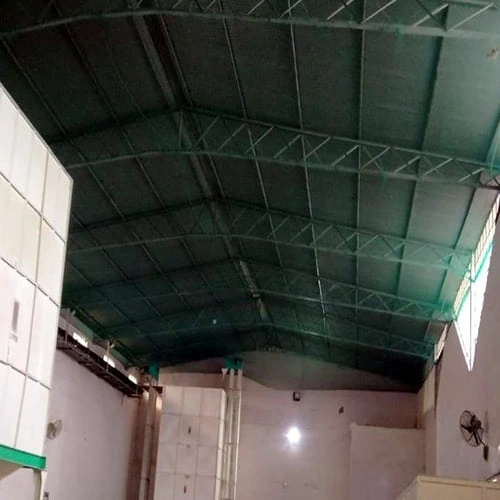Pigeon Netting :In the bustling landscape of industrial facilities, efficiency and safety are paramount. However, one often overlooked challenge that can disrupt these goals is the presence of birds, particularly pigeons. While these birds may seem harmless, their roosting and nesting behaviors can lead to significant problems within industrial settings. Fortunately, pigeon bird netting offers a highly effective solution. In this blog, we’ll explore the various uses of pigeon netting in industrial environments and how it can help businesses maintain productivity and safety.
Understanding the Challenges:
Industrial facilities, such as warehouses, factories, and manufacturing plants, provide an ideal habitat for pigeons. These structures offer ample shelter and food sources, making them attractive locations for birds to roost and nest. However, the presence of pigeons can pose several challenges for industrial operations:
- Health and Safety Risks: Pigeon droppings can create slippery surfaces, increasing the risk of accidents for workers. Additionally, bird droppings may contain pathogens that can pose health risks to employees.
- Damage to Infrastructure: Pigeons can cause damage to buildings, machinery, and equipment by nesting in vents, ducts, and other sensitive areas. Their nesting materials can also clog drainage systems and ventilation ducts, leading to costly repairs and maintenance.
- Contamination of Products: In industries such as food processing or pharmaceuticals, bird droppings can contaminate products, leading to quality control issues and potential regulatory violations.
The Solution: Pigeon Bird Netting
Pigeon netting is a highly effective bird control solution that provides a physical barrier to prevent pigeons from accessing sensitive areas within industrial facilities. Here are some key uses of pigeon bird netting in industrial settings:
1. Roof Protection: Industrial roofs are often prime roosting spots for pigeons. Pigeon netting can be installed over roof vents, HVAC units, and other openings to prevent birds from nesting and causing damage to roofing materials.
2. Equipment Protection: Machinery and equipment within industrial facilities can be vulnerable to damage from pigeon nesting activities. Pigeon netting can be used to enclose equipment or machinery, protecting them from bird-related damage and ensuring uninterrupted operations.
3. Warehouse Maintenance: Warehouses provide ample space for pigeons to roost and nest, posing a threat to both inventory and employee safety. Pigeon netting can be installed along the eaves and openings of warehouses to create a barrier against bird intrusion, keeping stored goods and workers protected.
4. Air Quality Control: In facilities where air quality is critical, such as pharmaceutical or electronics manufacturing plants, preventing bird intrusion is essential. Pigeon netting can be installed around air intake vents and ducts to ensure that contaminants from bird droppings do not compromise indoor air quality.
5. Waste Management Facilities: Pigeons are often attracted to waste management facilities due to the abundance of food sources. Pigeon netting can be installed around dumpsters and waste processing areas to prevent birds from scavenging and spreading litter, reducing cleanup efforts and maintaining a clean working environment.
Conclusion:
Pigeon netting offers industrial facilities a versatile and effective solution for bird control. By implementing pigeon netting, businesses can protect their infrastructure, equipment, and employees from the negative impacts of bird infestations. Whether it’s safeguarding rooftops, equipment, or warehouse spaces, pigeon netting provides a reliable barrier against bird intrusion, helping industrial operations run smoothly and safely. Invest in pigeon netting today and ensure that your industrial facility remains a productive and bird-free environment.




